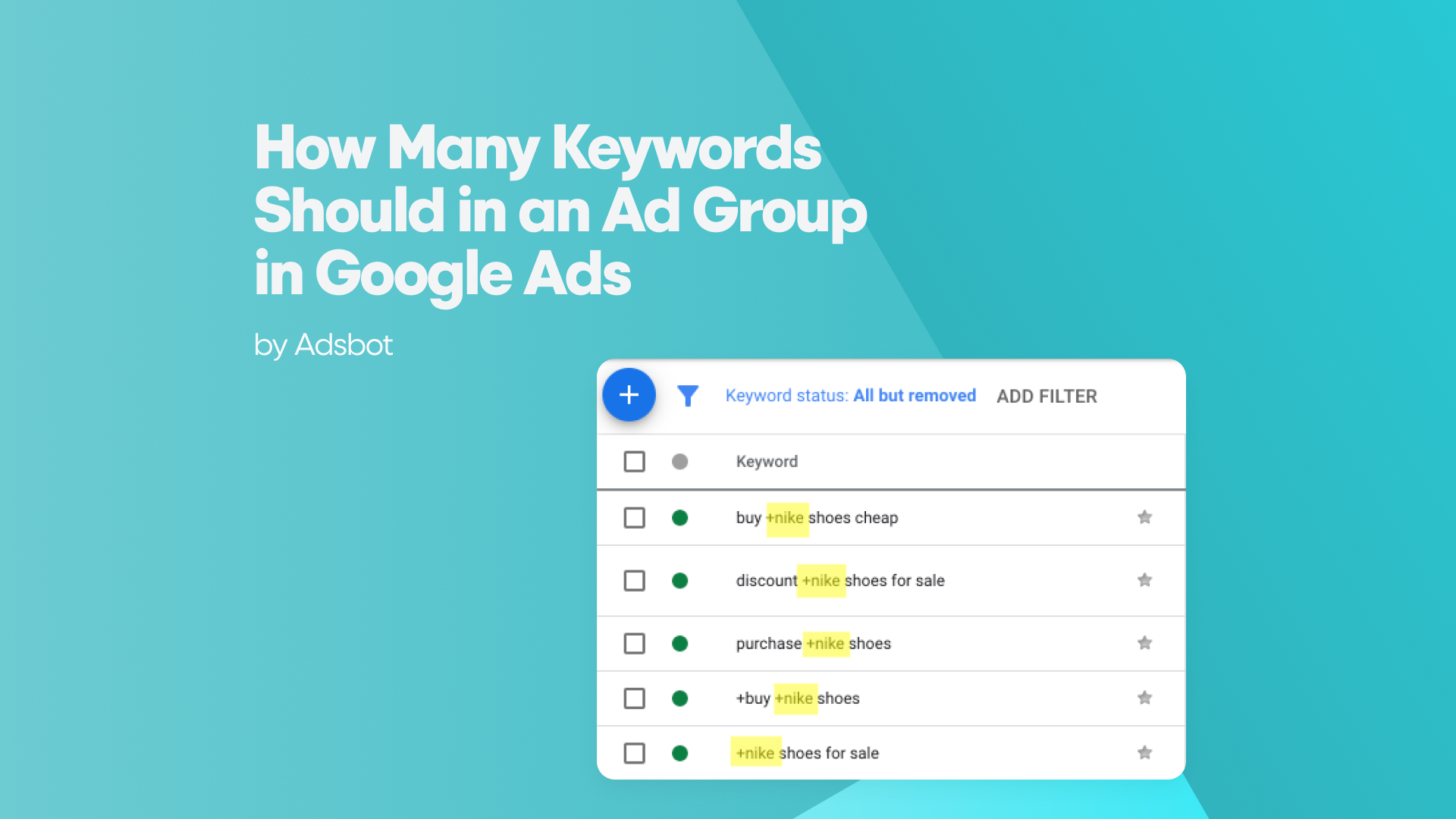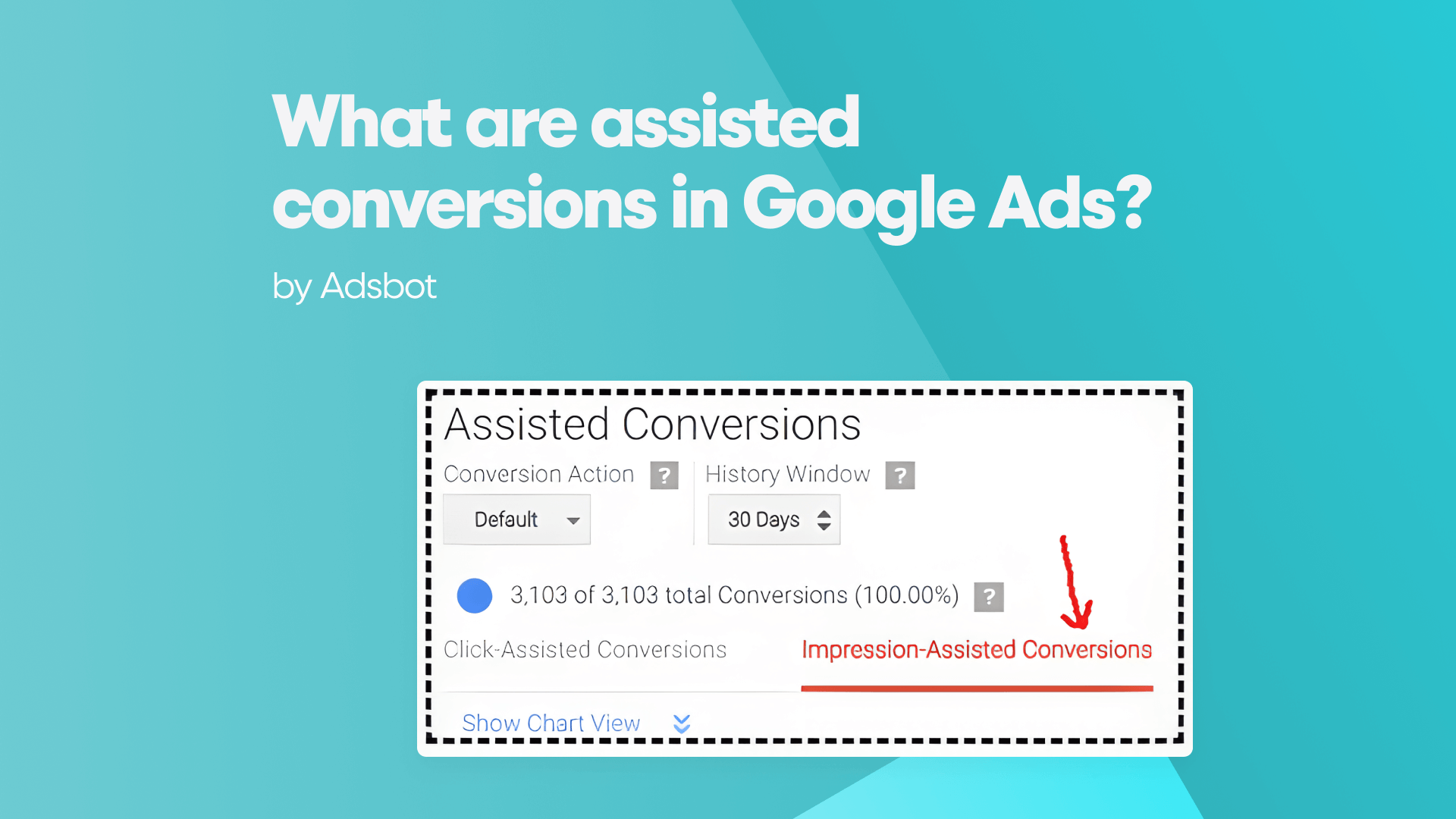In the realm of digital marketing, the precise evaluation of the efficacy of your online advertising endeavours assumes paramount significance. Whilst conversions are frequently the principal metric to monitor, it is imperative to contemplate the significance of assisted conversions. Assisted conversions bestow invaluable insights into the myriad touchpoints that contribute to a conversion, endowing you with a more comprehensive comprehension of your marketing endeavours. Within the confines of this particular blog post, we shall embark upon an exploration of the intricate concept known as assisted conversions. Our noble quest shall encompass an in-depth analysis of the various classifications of assisted conversions, as well as a comprehensive elucidation of the methodologies employed to quantify them within the realm of Google Ads.
Assisted Conversions in Google Ads
Assisted conversions within the context of Google Ads pertain to the intricate interplays that lend a hand in the attainment of a conversion, yet do not constitute the ultimate, unmediated interaction that directly precipitated said conversion. In alternative expressions, these touchpoints have assumed the role of bolstering the user’s trajectory towards conversion. Assisted conversions bestow upon us a comprehensive perspective of the multifarious ways in which diverse marketing channels, advertisements, or keywords exert their influence and make their contributions towards the ultimate attainment of a conversion. Through a comprehensive comprehension of the ramifications of assisted conversions, advertisers possess the ability to optimise their campaigns and judiciously allocate their resources in a more efficacious manner.
Types of Assisted Conversions
Within Google Ads, assisted conversions are classified into three types:
- First-Click Conversions: These are the conversions where a particular channel or ad was the first touchpoint in a user’s conversion journey. It represents the initial interaction that introduced the user to your brand or offering.
- Last-Click or Direct Conversions: Last-click or direct conversions occur when a specific channel or ad is the final interaction before the user converts. This touchpoint directly leads to the conversion and is often attributed with high significance.
- Assisted Conversions: Assisted conversions are the interactions that fall between the first-click and last-click touchpoints. They represent the middle or supporting touchpoints that influence the user’s decision-making process but are not the final step that led to the conversion. Assisted conversions can help identify valuable touchpoints that play a role in driving conversions and assist in optimizing your marketing strategies accordingly.
How to Measure Assisted Conversions?
Measuring assisted conversions within Google Ads can provide valuable insights into the effectiveness of your campaigns. Here are a few steps to measure assisted conversions:
- Sign in to your Google Ads account and navigate to the “Tools & Settings” menu.
- Click on “Conversions” under the Measurement section.
- Select the conversion action you want to analyze and click on “View-through Conversions” or “Assisted Conversions.”
- The “Assisted Conversions” report will display the channels, campaigns, ads, or keywords that played a supporting role in driving conversions. You can further refine the report by selecting different attribution models, timeframes, or segments.
By scrutinising the report on assisted conversions, one can discern the touchpoints that bear substantial influence on conversions, notwithstanding their non-final click status. This valuable data can be employed to enhance and optimise your bidding strategies, judiciously allocate your budget, and meticulously refine your targeting in order to magnify the efficacy and potency of your advertising endeavours.
In summation, the utilisation of assisted conversions imparts a more profound comprehension of the diverse touchpoints that conduce to a conversion within the realm of Google Ads. Through the discernment of the significance of inaugural-click conversions, ultimate-click conversions, and the auxiliary assisted conversions, advertisers can acquire profound understanding regarding the complete trajectory of the customer’s voyage. The act of quantifying aided conversions facilitates the optimisation of campaigns, judicious allocation of resources, and discernment of the most efficacious marketing channels or strategies. Through the careful consideration of these invaluable insights, advertisers are empowered to make judicious decisions that will augment their digital marketing endeavours and yield superior outcomes.
FAQ
How do I access the assisted conversions report in Google Analytics?
To access the Assisted Conversions report in Google Analytics, navigate to your Google Analytics account, click on “Conversions” in the left-hand menu, then select “Multi-Channel Funnels” and finally choose “Assisted Conversions.” This will display the report showing various metrics related to assisted conversions.
What information does the Assisted Conversions report provide?
The Assisted Conversions report in Google Analytics provides valuable insights into the role of different marketing channels, campaigns, and touchpoints that contributed to conversions. It shows data on assisted conversions, first-click conversions, last-click conversions, and the value or impact of each channel in assisting with conversions.
Popular Posts
-
 How Many Keywords Should in an Ad Group in Google Ads?
How Many Keywords Should in an Ad Group in Google Ads?Are you new to Google Ads and trying to figure…
Read more -
 Google Ads Script for Dummies: An Introduction
Google Ads Script for Dummies: An IntroductionImagine you have an e-commerce website that sells licensed superhero…
Read more -
 Google Ads Character Limits
Google Ads Character LimitsGoogle Ads has character limits for various elements of an…
Read more -
 Google Ads Sitelink Character Limits
Google Ads Sitelink Character LimitsAre you looking to maximize your Google Ads campaigns?…
Read more
Register for our Free 14-day Trial now!
No credit card required, cancel anytime.

